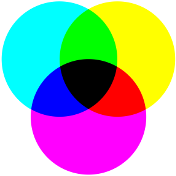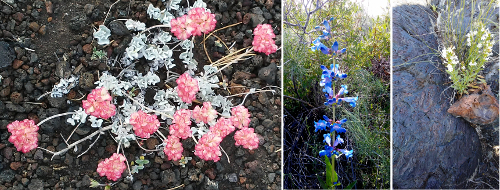 Colors of Craters of the Moon: If you are joining us at Craters of the Moon, consider using a palette of the transparent primary colors cyan, magenta and yellow or add cyan and magenta to your palette of colors. Why? Because some of the most prominent flowers blooming at Craters during the spring bloom can be most accurately rendered with these colors. And, you can make the vibrant reds and blues you need from these colors to maintain color harmony.
Colors of Craters of the Moon: If you are joining us at Craters of the Moon, consider using a palette of the transparent primary colors cyan, magenta and yellow or add cyan and magenta to your palette of colors. Why? Because some of the most prominent flowers blooming at Craters during the spring bloom can be most accurately rendered with these colors. And, you can make the vibrant reds and blues you need from these colors to maintain color harmony.
In 2017, we saw rolling hills covered in blankets of Wild Buckwheat whose blossoms were soft tints of yellows, oranges, pinks (below, left), purples and blues. Add a little white to the CMY palette and you were pretty much there. Other flowers were bright cyan-blue (below, middle) and some lava rocks were a metallic blue (below, right).

In 2018, our retreat happened during the Dwarf Monkeyflower bloom. This is a hot pinkish/purplish flower that appears in dense rivers of color as it follows the water of the spring snow melt . Most of our paintings were black volcanic rocks in the background with a "river" of Monkeyflowers in the foreground. Magenta made the contrast stunning. Look for a magenta with a pigment index around PR122.



